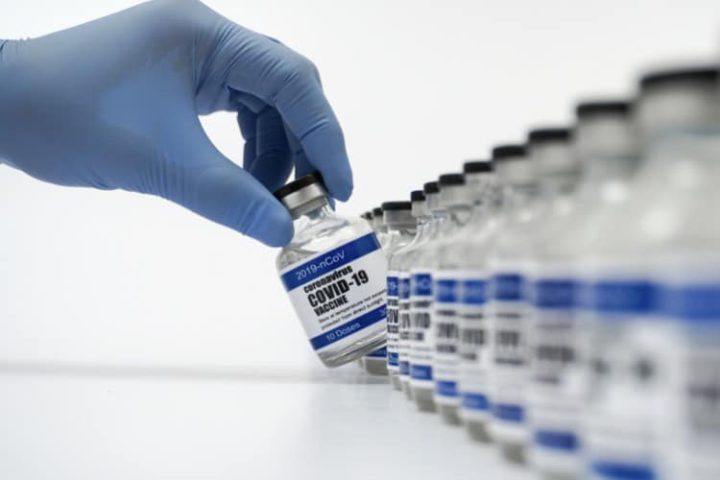
On Monday, researchers in Israel announced another possible link between the Pfizer COVID-19 vaccination and a potentially deadly medical condition. Researchers have noted a possible link between the vaccine and a sudden increase in the number of cases of thrombotic thrombocytopenic purpura (TTP) – a rare blood disorder.
TTP is a rare autoimmune disease which may lead to tiny blood clots forming throughout the body. The clots can potentially block blood from being able to reach vital organs such as the heart and brain. In addition, the condition may use too many of the body’s blood platelets, which could lead to an inability of a body’s blood to clot when it needs to.
Doctors at the Institute of Hematology at Shamir Medical Center were first alerted to the potential issue when they noted a sudden increase in TTP cases in Israel — four in one month as opposed to two or three cases per year.
The medical team has noted a “chronological connection” between vaccination and the onset of symptoms. Those affected are a combination of new patients and others who previously were diagnosed with TTP in which symptoms recurred after a long period of remission.
The Israeli Ministry of Health is currently investigating the problem. Thus far, officials stress that the risk is very small and should not deter average citizens from getting the vaccine.
Dr. Maya Koren-Michowitz, head researcher at the Hematology and the Translational Hemato-Oncology Laboratory, has recommended that anyone with a past diagnosis of TTP only get vaccinated after consulting with their doctor.
“Physicians and patients need to be alert to the clinical symptoms: weakness fatigue, neurological disorders, hemorrhage and chest pain,” the research team said in a press release.
Among other symptoms of TTP are purplish bruises that have no obvious cause called purpura; tiny red or purple spots that could be mistaken for a rash; a yellowish appearance of the skin – also known as jaundice; a sudden pale complexion; confusion; and severe headaches.
TTP once had only a ten percent survival rate but new treatments and early diagnoses have moved survival rate beyond eighty percent today.
It’s hardly the first issue to come about for the Pfizer vaccine, which uses messenger RNA (mRNA) technology. The Moderna vaccine also uses this technology.
In early June, researchers in Israel first noted a “probable link between receiving the second dose of the (Pfizer) vaccine and the appearance of myocarditis among men aged 16-30.”
Later in the month, U.S. officials confirmed that a possible link between mRNA vaccines and an increased number of myocarditis and pericarditis — inflammation of the heart muscle or inflammation of the muscles surrounding the heart — existed, mainly in young males.
The CDC originally scheduled an “emergency meeting” to discuss the new findings for June 18, but that meeting was postponed to today because of the new Juneteenth National Independence Day holiday.
So, the term “emergency meeting” obviously doesn’t mean the same thing to everyone.
Other COVID-19 vaccines have reported similar problems. The offering from AstraZeneca was linked to an increase in serious blood clots leading to deaths in Europe, Africa, Asia and Australia, with some countries suspending its use for a time. Denmark even banned the AstraZeneca vaccine offering from being used in the country.
Normally, clinical trials for vaccines take six-seven years to complete. Due to the panic surrounding the COVID-19 pandemic, new vaccines have been hurried out to the public without a proper testing period. In addition, the public has been shamed by governments, the mainstream media, and social media into getting vaccinated as soon as possible.
All of the vaccines currently in use are, by definition, experimental. They have been approved for emergency use by governments acting out of fear instead of logic. Is it any wonder we continue to see new problems popping up from these overzealous and foolhardy distribution efforts?




